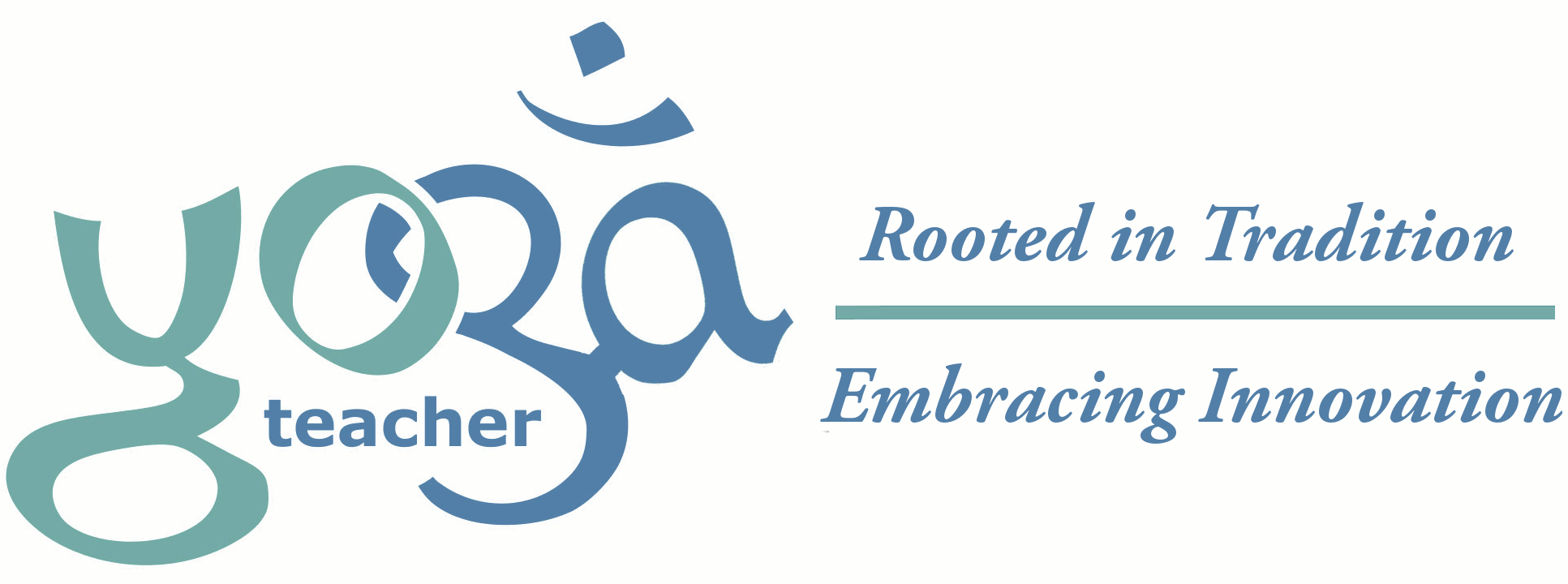There has been a rising tide of Yoga Injuries in the past decade, something that was rare when I first started practicing yoga 40 years ago.
 I would like to address the dangers of incorrect practice of yoga. Many serious students of Hatha Yoga see the poses as an end unto themselves. To these students, the goal is to do a perfect back bend, or head stand, or full lotus. I agree with them, on the goal, but not necessarily the definition of ‘perfect’. To my mind, the perfect expression of an asana, meets the needs of the student, at the physical, mental, emotional, and spiritual levels. Sometimes a student’s emotional needs out weigh the needs of strengthening the core back muscles. Instead of pushing themselves into a strong warrior pose, their needs might be better served by relaxing into a gentle restorative posture.
I would like to address the dangers of incorrect practice of yoga. Many serious students of Hatha Yoga see the poses as an end unto themselves. To these students, the goal is to do a perfect back bend, or head stand, or full lotus. I agree with them, on the goal, but not necessarily the definition of ‘perfect’. To my mind, the perfect expression of an asana, meets the needs of the student, at the physical, mental, emotional, and spiritual levels. Sometimes a student’s emotional needs out weigh the needs of strengthening the core back muscles. Instead of pushing themselves into a strong warrior pose, their needs might be better served by relaxing into a gentle restorative posture.
When students measure perfection in terms of a photograph on a calendar, of someone else contorting their bodies, then I become concerned. Once we latch on to a goal provided by an external model, like touching our foot to the back of our head in pigeon pose, we have taken our first step away from yoga, away from our own internal experience of a pose, and towards this superficial idea of visual perfection. To this end, students will unwittingly sacrifice their bodies.
This tendency is understandable when you consider that we cannot feel what the model is feeling, but can only see the light reflecting off the surface of their skin. Thus we mimic what we see, which is the physical contortion, rather than trying to mimic what they feel as they do yoga.
This fixation with form over feeling is the source of much of the injury in the yoga world. The list of students who have developed recurrent physical ailments through pushing themselves too hard is growing steadily, day by day, especially in the west. Many people lose sight of the true purpose of Hatha Yoga – to prepare the body for meditation by making it healthy, limber, and strong, while calming the mind, and bringing it to one-pointed attention, balancing the nervous system, and improving the function of the digestive, endocrine, nervous, muscular, skeletal, and circulatory systems of the body.
Instead, they try so hard to perfect the outward form of a pose, that they may develop tendonitis, or bone spurs, or injure their backs. Often these ailments are slow to manifest, and the students, addicted to their own style of practice, are even slower to change their faulty habits. They are sometimes driven by a denial of ageing to continue to practice poses that are no longer good for them. Please do not let yourselves fall into this trap. Pushing yourself too hard will create problems that may not manifest for several years, but when they do it often takes months and sometimes years to correct the damage. Prevention is the key.
When asanas are practiced in service to the ego, one of two things happen, both negative. The student achieves their goal, and ego is fed, or they fail to achieve their goal and self worth is damaged, or in some cases, injury results. Instead, asana should be practiced in service to the body, the heart, the mind and the soul, with a sense of humility and patience. In such a practice, success is inherent in the practice.






